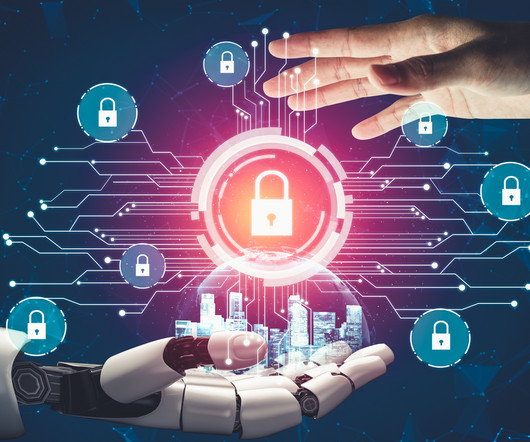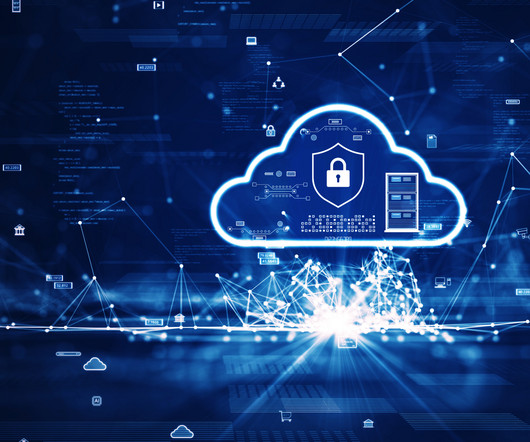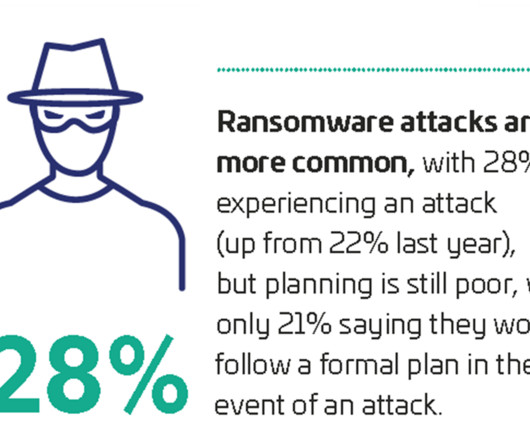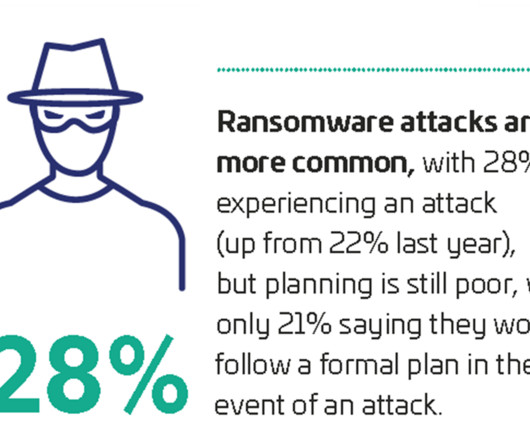NEWS ANALYSIS Q&A: The early going of Generative AI and LLMs impacting cybersecurity
The Last Watchdog
AUGUST 20, 2024
Related: GenAI’s impact on elections It turns out that the vast datasets churned out by cybersecurity toolsets happen to be tailor-made for ingestion by Generative AI ( GenAI ) engines and Large Language Models ( LLMs.) Using AI-driven analytics, we’ve automated many routine security tasks and enhanced our threat detection accuracy.














Let's personalize your content